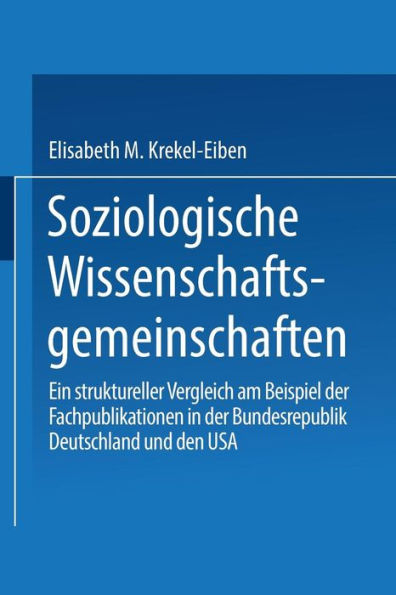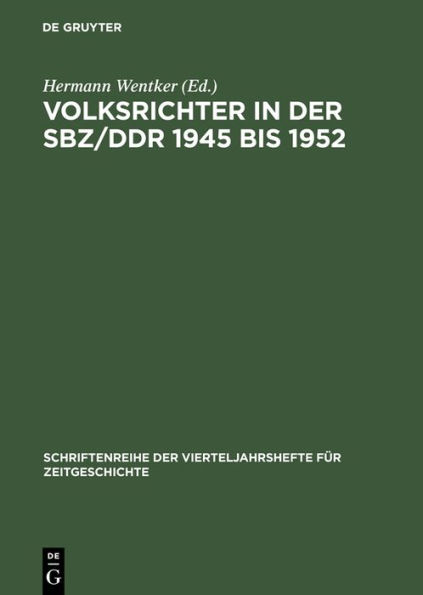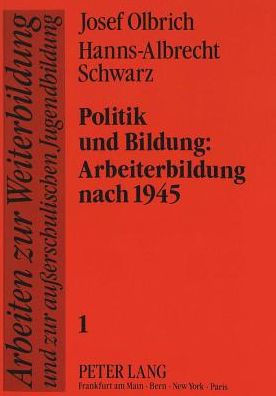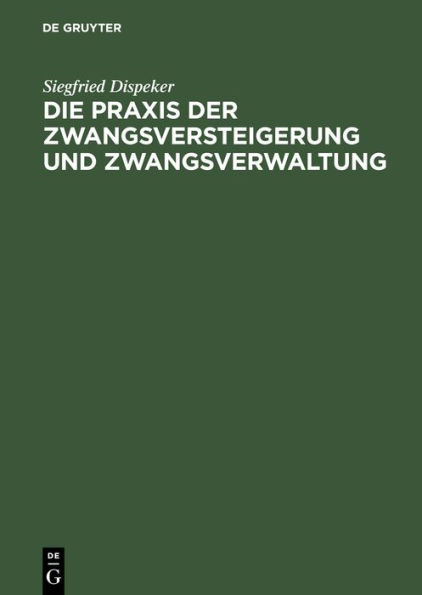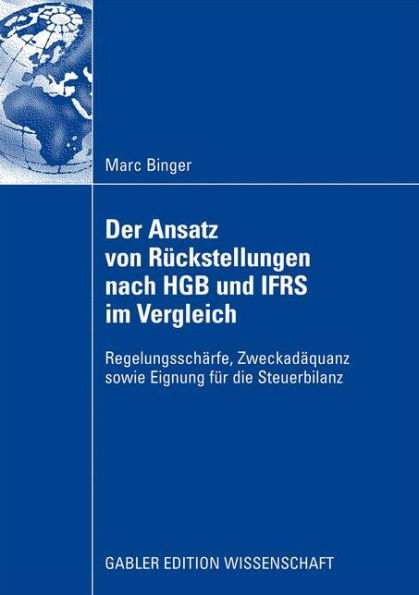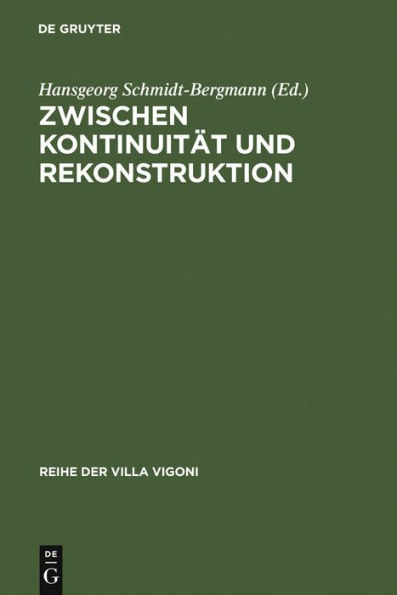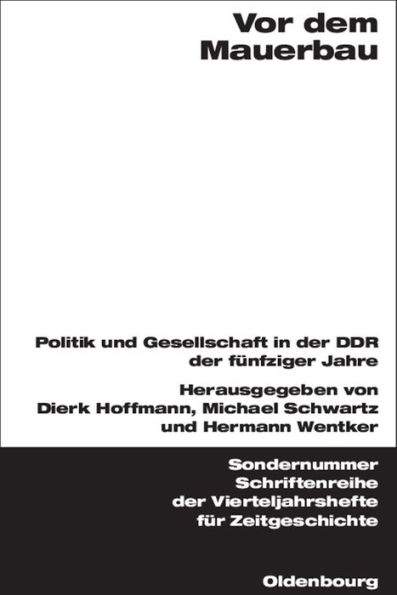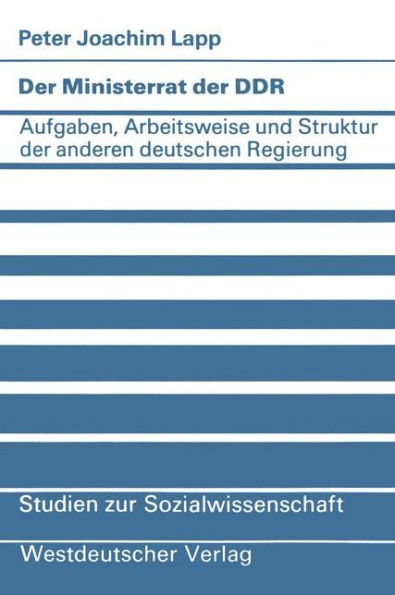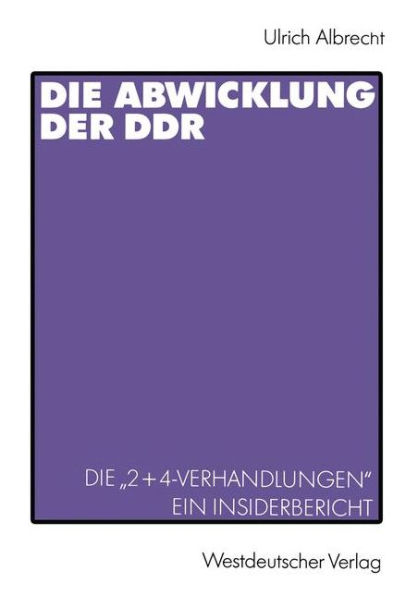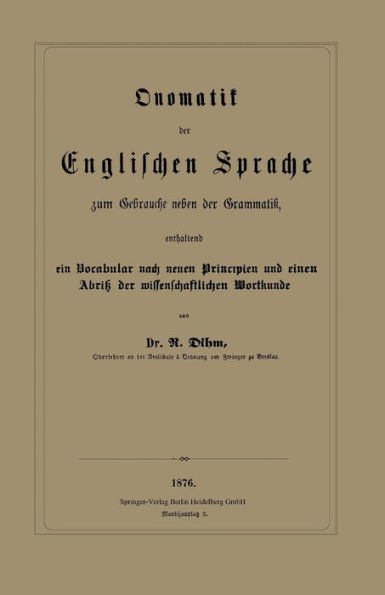Home
Remigranten in der SBZ / DDR und in Ungarn nach 1945: Ein Vergleich
Barnes and Noble
Remigranten in der SBZ / DDR und in Ungarn nach 1945: Ein Vergleich
Current price: $75.00
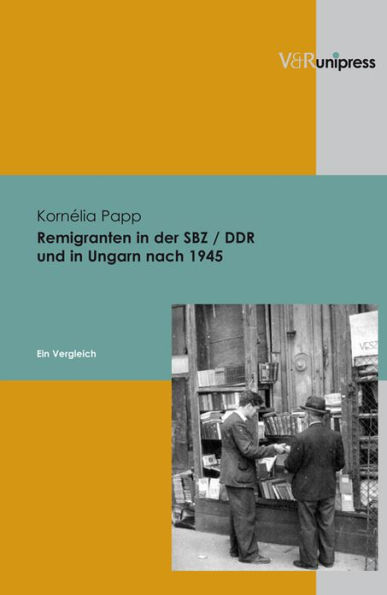

Barnes and Noble
Remigranten in der SBZ / DDR und in Ungarn nach 1945: Ein Vergleich
Current price: $75.00
Size: OS
Loading Inventory...
*Product information may vary - to confirm product availability, pricing, shipping and return information please contact Barnes and Noble
English summary: The return of emigrants to their homelands after 1945 was an important event both in Hungary and Germany. The Communist Party assumed a major role in both Hungary and in East Germany immediately after the war, even though the political and cultural conditions were very different in the two countries. In post-war East Germany, cultural life had to be rebuilt from scratch, whereas in Hungary it was more of a transformation of existing institutions. Even if the transition period was longer in Hungary, by 1950 more or less similar political and cultural situations modeled after those from the Soviet Union had been established. This volume compares the relationship of the two countries to the modern literary tradition, the cultural institutions, and the debates among writers after 1945. The author also introduces two groups who re-emigrated from the Soviet Union by presenting the fates of a few selected intellectuals. German text. German description: Die Ruckkehr der Emigranten nach 1945 in ihr Heimatland war sowohl in Ungarn als auch in Deutschland ein wichtiges Ereignis. Zwar spielte die kommunistische Partei sowohl in Ungarn als auch in der Sowjetischen Besatzungszone gleich nach 1945 eine entscheidende Rolle, die Voraussetzungen fur die politisch-kulturelle Entwicklung waren jedoch zunachst unterschiedlich. In Deutschland musste das kulturelle Leben nach 1945 von Grund auf neu aufgebaut werden; in Ungarn gab es eher eine Umwandlung der meisten Institutionen. Auch wenn die Ubergangsjahre in Ungarn langer dauerten - in beiden Landern ist bis etwa 1950 dieselbe politisch-kulturelle Struktur nach sowjetischem Muster ausgebaut worden. Der vorliegende Band vergleicht das Verhaltnis der beiden Lander zur modernen literarischen Tradition, die kulturpolitischen Institutionen und die nach 1945 geführten schriftstellerischen Debatten. Die beiden Remigrantengruppen aus der Sowjetunion werden anhand der Schicksale ausgewahlter Intellektueller exemplarisch vorgestellt.
